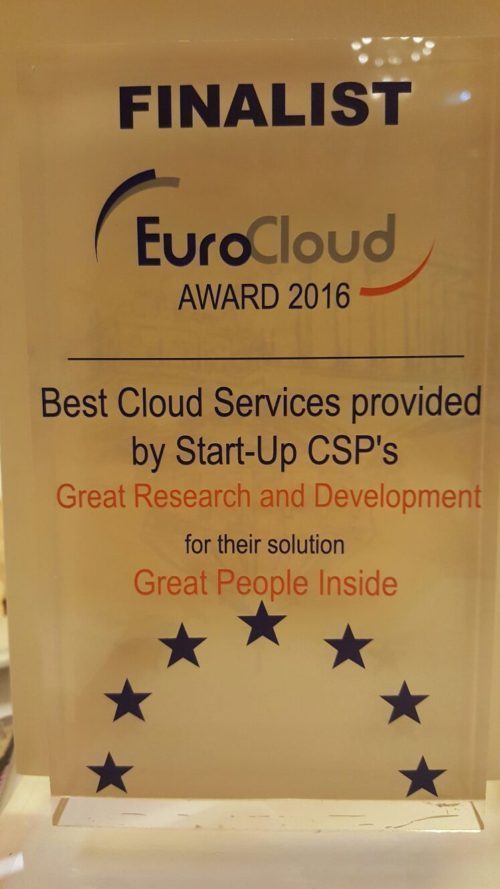How can we define what employee engagement really is?
Everyone talks again and again about the importance of employee engagement. Nevertheless, you might still encounter difficulties when asked to define it. This happens because employee engagement is not something mathematical, it represents the connection between the employee and the company – the mutual relationship based on trust, integrity and appreciation. Even so, there are ways to measure it and according to Gallup’s 142-country report on workplace engagement, only 13 % of employees are engaged in their work. This represents a big problem for companies all over the world.
Why is it so important?
There are multiple factors that contribute to organisational success – business strategies, the quality of products or services, their price, effective marketing and even organisational culture. But the most important factor – the one that keeps the company’s engine running are the people. No organisation can achieve success without great people. But what qualities do those people need? Talent and skills are certainly important, but you’ll never be able to use them properly if your employees won’t do their best. A situation where it is guaranteed that your people will give everything they’ve got is when they share common values and identify with the goals of the company. Several studies have shown the benefits of having engaged employees, as it follows:
- Businesses with more engaged employees have 51% higher productivity
(Harter, J.K., Schmidt, F.L., & HayesT.L., Psychology, 2002 Vol. 87, No. 2)
- Engaged employees outperform disengaged employees by 20-28%
(The Conference Board, 2006)
- Organisations with engaged employees showed a 19% increase in operating income over a 12-month period, compared to a 33% decrease in companies with disengaged employees
(Towers Perrin, 2008)
- In companies where 60 to 70 percent of employees were engaged, average total shareholder’s return (TSR) stood at 24.2 percent; in companies with only 49 to 60 percent of their employees engaged, TSR fell to 9.1 percent; companies with engagement below 25 percent suffered negative TSR
(Employee engagement at double-digit growth companies, Hewitt Research Brief)
So, the importance of employee engagement should be pretty clear for anyone.
Ok, I get it, it’s important, but what can I do about it?
Well, first of all, you need to understand what you must never try to do.
You cannot manipulate your employees in order to engage them
Several companies are continuously attempting to trick their employees by making false promises in order to boost their engagement level without actually caring for them. This might, of course do wonders on the short term, but, as soon as the people realise what they’re trying to do, it will tremendously damage their motivation, productivity and, in the end, your bottom line. Why’s that? Because they would feel betrayed. Just imagine how you would feel if you trusted someone, gave them so much of your energy and time and dedicated yourselves in order to accomplish your mutual goals (or at least that’s what you thought them to be), just to find out that they don’t really care about you – you’ve just been tricked. Of course you’ll find it hard to find your motivation once again and the eventual raises or bonuses won’t help that much now. We all need to understand that today, when it comes to people, manipulation and control are not an option.
Employee engagement must be nurtured
You can’t just give them a small raise, clap your hands three times and expect engaged people. This is a matter where all aspects need to be taken into consideration and none has to be forgotten. While you slowly build your employees trust and foster their engagement, there are a few things you should keep in mind:
Share your vision. Your vision is what should inspire and motivate people right after they hear it. Focus on the things that your organisation ultimately produces. You should emphasize where the company is going in the near and more distant future and point out what’s needed to get there.
Simply giving orders for your employees to follow it’s detrimental for everyone, but making them understand what you have in mind for the company in the future and where they stand on that road will help them identify with your values and work harder towards achieving the common goal.
Offer recognition. The need to be recognised is essential to each and every one of us. Especially for the employees who give their best at the workplace. A survey made by HBR has shown that employees, when asked to rate the most impactful engagement drivers, they will, most often (72%), say that Recognition given for high performers is the most important factor. This can be done formally – a reward system based on performance, an “Employee of the month” program,etc. or you can just thank them personally for how much they’ve helped.
Be clear. A study made by AtTask in 2014 has shown that 64% of employees are often feeling confused about who’s doing what inside the company. Engagement starts with having something to look forward to. If you don’t set clear tasks and goals for your employees, they will surely have a difficult time engaging in their daily tasks. Your employees don’t need to waste time and energy on trying to understand what it’s needed of them.
Of course, using these tips won’t engage your employees overnight. But, if you integrate them into your daily routine, you’ll definitely see improvements and, in time, you might find out true what Meghan M. Biro said: “Employees engage with employers and brands when they’re treated as humans worthy of respect.”
We have an impressive assessment library with hundreds of dimensions that can be leveraged in creating a custom skills-based assessment that supports your organisation’s specific competencies and unique vision. Please contact us if you need to measure the engagement level in your company.
Sources:
www.torbenrick.eu/blog/leadership/10-reasons-why-employee-engagement-is-important
www.hbr.org/resources/pdfs/comm/achievers/hbr_achievers_report_sep13.pdf
www.gallup.com/poll/165269/worldwide-employees-engaged-work.aspx;








